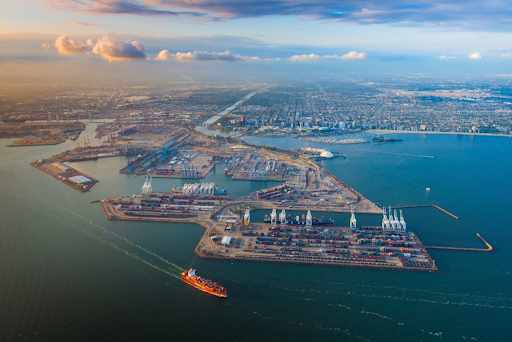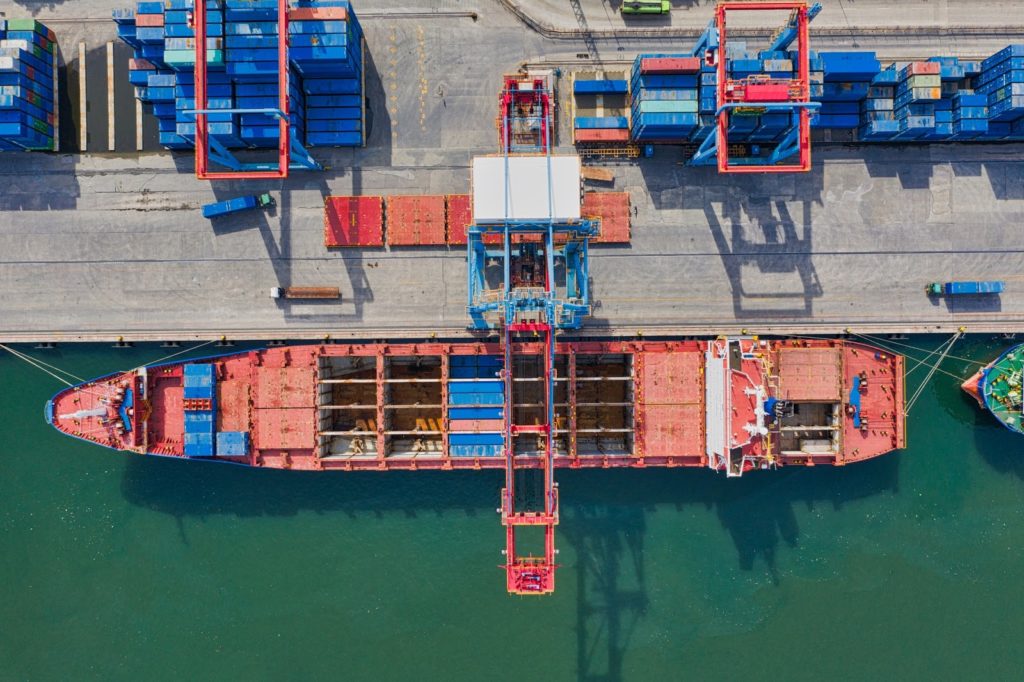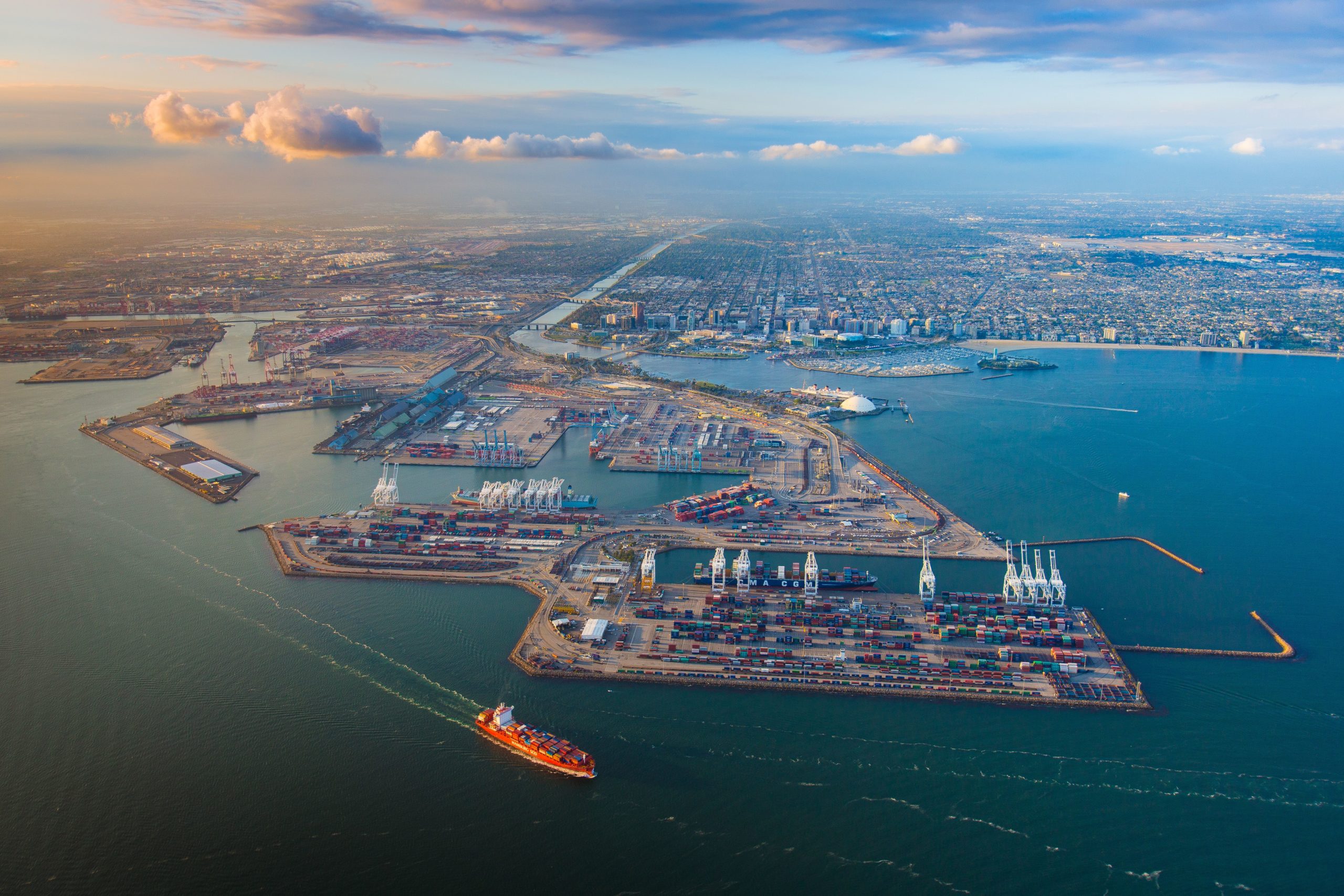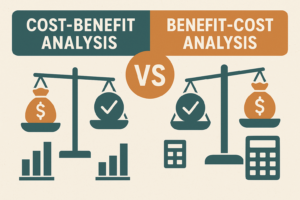
Autocase Advisory Services is proud to have successfully supported the competitive based grant funding application for the Port of Long Beach, East Basin Rail Fourth Track Expansion. Grant funding was provided under the Trade Corridor Expansion Program (TCEP), a program that provides funding for infrastructure improvements on federally designated Trade Corridors of National and Regional Significance, located on California’s portion of the National Highway Freight Network. The $24.8 million project will receive $8 million in funding, with construction to begin in early 2022, and operational by 2024. To help achieve its goal of maximizing the efficiency of its program funds, the California Transportation Commission requires applicants to quantify the public benefits associated with their projects, using a Benefit Cost Analysis (BCA) business case framework. This helps the Commission to fund a small number of projects with the greatest benefits, ensuring value for money.
Autocase is thrilled to have contributed to supporting a more compelling submission with our team of Economists. By denoting the societal and environmental impacts of the Fourth Track project, our Economists improved and broadened on a previous unsuccessful BCA submission. New benefits and methodologies were unearthed in collaboration with Strategic Rail Finance, a respected rail strategy, development, and corporate finance advisory firm. Traditional BCA methods were enhanced with innovative categories with respect to commercial and shipper benefits, as well as non-recurrent congestion reduction on highways due to reduced truck accidents. Interviews were conducted with truckers at the port, adding real-life movements to trucking flow assumptions. This formed a more transparent, comprehensive business case within the broader submission from Dewberry – a leading national planning, design, and construction firm.
Relieving A Congested Trade Hub

The Port of Long Beach is the second busiest port in the US, with over 7 million twenty foot containers shipped in 2020, a slight increase from 2019. The port is in one of the busiest trade corridors of North America, with dated infrastructure constraining efficient cargo movements through the LA region. Our work focused on valuing the benefits of expanding a rail connection from 3 to 4 rails, allowing more cargo to be loaded on trains at the port. This ends truck transport from the port to rail yards within the urban region of LA, allowing a suite of public benefits to be created. These impacts include state of good repair of road infrastructure cost savings, recurring congestion cost savings, noise pollution reduction, environmental emissions reduction, and accident reduction benefits.
Grant funding requires a rigorous cost benefit analysis performed according to the U.S. Department of Transportation Benefit-Cost Analysis Guidance. This standard involves valuing the social, financial, and environmental benefits of transportation projects. Autocase endeavoured to apply the best available sources on truck to rail modal shifts and leveraged our expertise garnered through hundreds of other public-benefits business cases and numerous other grant applications.
Successful Grants Require Innovative Modelling

Building a successful case involves creating realistic assumptions of cargo volumes and growth at the Port’s terminals. Cargo volumes were developed by Strategic Rail Finance with assistance from dock masters. Conservative 20 year projections were adopted, with growth forecasts realistically constrained, and dependent on the progress of much larger development projects at the port. The most important of these projects is the Pier B expansion at the Port of Long Beach, which is key to the updated analysis of the East Basin Rail Fourth Track Expansion.
To advance the field of economic analysis and provide a more in-depth, objective and defensible characterization of benefits to the Fourth Track project, additional categories of benefits were researched and implemented. The principal category was Commercial and Shipper benefits, which were developed for the Pier B valuation by Strategic Rail Finance. These encompassed the second order economic effects of improved cargo handling at the port. Examples are trade growth by reclaiming leaked cargo to other ports, revenue growth, and locomotive efficiency in train construction and re-arrangement. These benefits do not materialize from the Fourth Track alone, and are part of a wide inventory of self-reinforcing projects centred around the Pier B expansion. To account for this, Commercial and Shipper benefits were attributed to Fourth Track through capital cost ratios from the entire project schedule at the Port of Long Beach.
The second new category added to the analysis was non-recurring congestion. The previous unsuccessful grant submission did not consider a truck accident’s effects on temporary highway congestion. Developing this benefit category involved careful research of primary data in partnership with Strategic Rail Finance. A number of port trucks are statistically expected to cause accidents per year. These accidents are usually large, requiring multiple hours to clear and delaying thousands of commuters.
BCA is best done with input from multiple stakeholders. To this end, a detailed truck trip analysis was added to the grant submission by interviewing truckers working at the port. We were able to BCA is best done with input from multiple stakeholders. To this end, a detailed truck trip analysis was added to the grant submission by interviewing truckers working at the port. We were able to create a comprehensive picture of the typical trucks’ movements at the Port. Our combined advisory team developed sound assumptions by incorporating truckers’ daily routines into round trip occurrences and accounting for the hover time of trucks. We found that the majority of round trips have only one cargo direction, the truck traveling empty half the time. Hover time at the port and rail yards is substantial, with trucks running idle in many instances.
Results Of Our Analysis
Autocase, in partnership with Strategic Rail Finance and Dewberry, are very pleased to have contributed to this successful grant application. Autocase believes that transparent methods, high quality research, and well grounded assumptions are the best approach for successful state and federal grant applications. The results of this analysis are summarized below.






